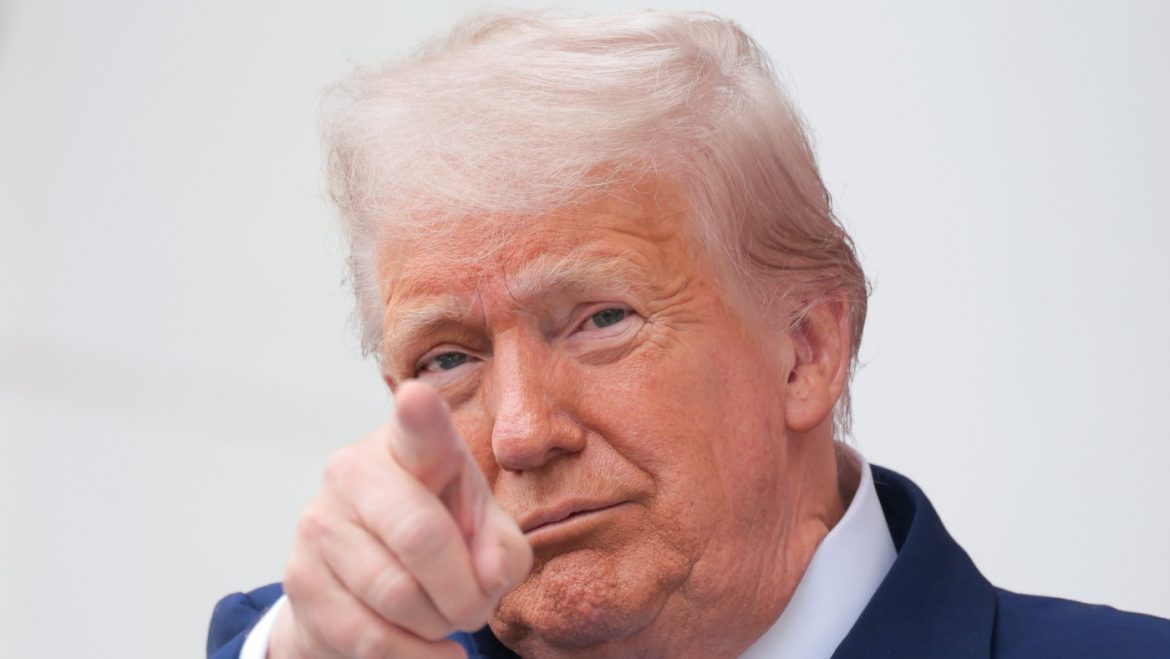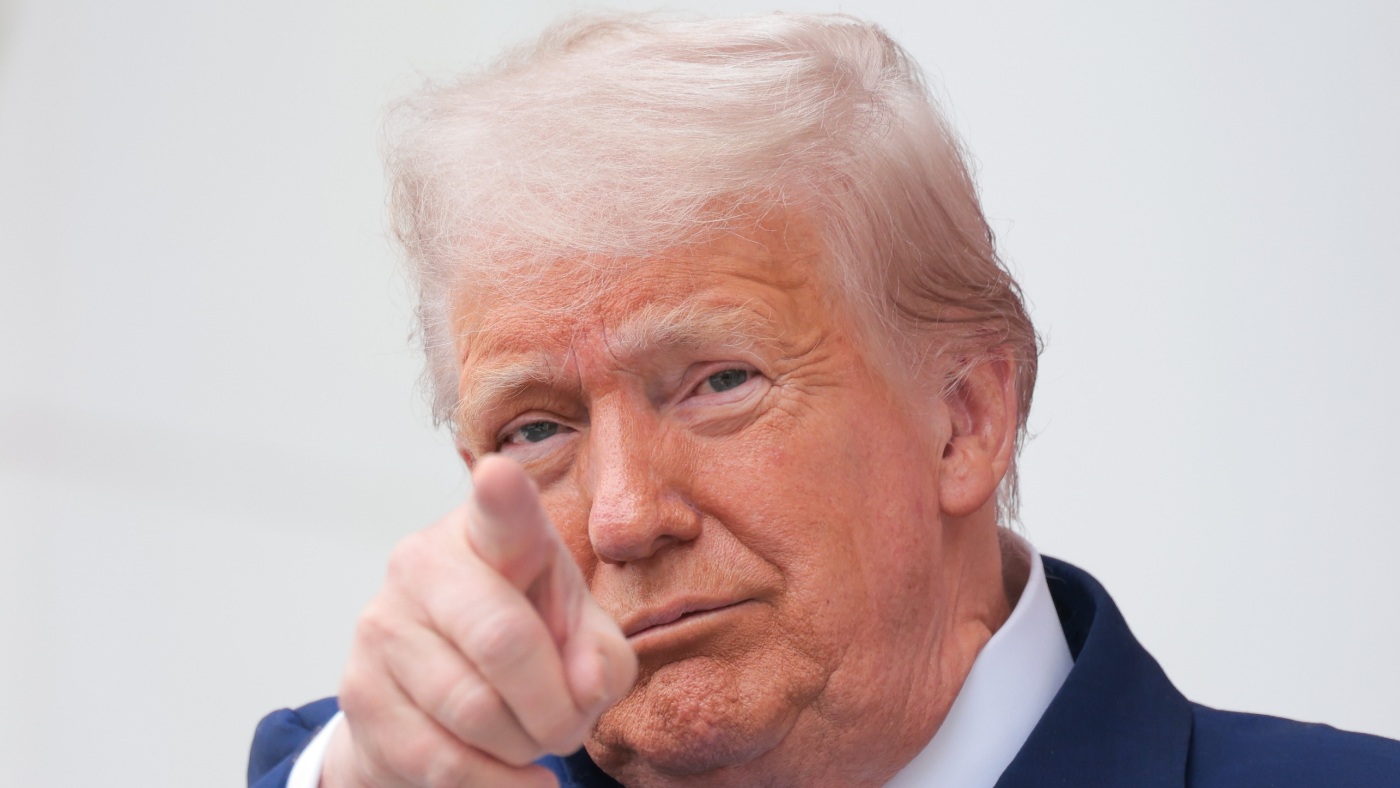The recent 75-minute phone call between former U.S. President Donald Trump and Russian President Vladimir Putin brought into sharp focus the escalating conflict in Ukraine, intertwined with broader geopolitical tensions involving Iran’s role. The dialogue, taking place amid intensified drone strikes and missile attacks between Russia and Ukraine, revealed the precarious nature of the warzone and the contentious diplomatic efforts to manage or mediate the conflict.
Context of the Call: A War Amplified by Drone Warfare
The backdrop to the conversation centers around Ukraine’s recent drone strikes targeting Russian airbases, including those hosting nuclear-capable bombers. These attacks mark an intensification in the conflict, as aerial drones have emerged as a pivotal and disruptive element of modern warfare. Russia’s response, as conveyed to Trump by Putin, is expected to be forceful, with Putin reportedly stating he “will have to respond” very strongly to the Ukrainian drone offensive. This exchange underscores the tit-for-tat escalation pattern characterizing the ongoing war.
Drones, particularly those supplied to Russia by allies such as Iran, have become a key tool in the conflict’s dynamics. Iran’s provision of short-range ballistic missile launchers and kamikaze drones to Russia represents a deepening alliance aimed at strengthening Russia’s capacity to sustain military operations in Ukraine. The drone assaults have evolved into strategic strikes on both sides, complicating peace efforts.
The Nature and Tone of the Conversation
Trump described the 75-minute discussion as a “good conversation,” a phrase that, while diplomatically positive, belies the fraught nature of the topics. The call was not simply a status update but included candid warnings from Putin about impending Russian retaliation. Trump emphasized that the dialogue was substantive, covering Ukraine’s drone attacks, Russian military responses, and Iran’s nuclear involvement—highlighting the complexity of issues intertwining regional and international security concerns.
While Trump projected a measure of optimism about the dialogue’s tone, he also acknowledged there was no immediate breakthrough toward ending the war. This recognition speaks to the entrenched and multifaceted challenges of negotiating peace in a conflict layered with military aggression, territorial disputes, and global power struggles.
The Strategic Implications of the Call
The exchange revealed Russia’s firm stance: retaliation was imminent, a signal that the war would continue with likely increased military escalation. Putin’s assurance to Trump serves multiple strategic purposes—it signals resolve to domestic and international audiences while subtly warning Ukraine and its supporters of consequences for aggressive acts.
From Trump’s perspective, the dialogue allowed for direct communication with Putin, potentially a channel for exploring diplomatic solutions or easing tensions. However, reports also indicate that Trump halted additional sanctions against Russia following this call, a decision that inevitably raises questions about the balance between deterrence and diplomacy in U.S. policy toward Russia.
Iran’s involvement, discussed during the call, adds another layer of complexity. Support from Iran strengthens Russian military capabilities but simultaneously draws Tehran deeper into a conflict fraught with global consequences. This dimension highlights the intertwined nature of regional alliances and how local conflicts can escalate into broader geopolitical confrontations involving nuclear and missile technologies.
Assessing the Broader Impact on the Ukraine Conflict
The call’s timing, coming on the heels of intense drone and missile attacks, indicates the urgent need for dialogue amid escalating violence. However, it also reveals the limits of high-level conversations when ground realities remain deeply contested. The continued exchange of drone strikes, with both sides deploying significant numbers of UAVs, suggests ongoing military hostilities rather than a path toward ceasefire.
The war has moved into an advanced technological phase where drone warfare is redefining combat strategies, prompting critical questions about preparedness, response capabilities, and the international community’s role in mitigating escalation. NATO and allied forces face mounting pressure to adapt to this new warfare dimension, balancing military support for Ukraine with efforts to prevent broader conflict expansion.
Conclusion: A Complex Chapter in an Unfolding Conflict
The Trump-Putin phone call encapsulates the troubling complexity of the Ukraine war—an evolving battlefront shaped by drone warfare, strategic alliances, and great power rivalry. While the dialogue signaled a willingness to communicate amid escalation, it also underscored the depth of divisions and the challenges of achieving peace.
The intensity of Ukrainian drone strikes and Russia’s determined vow for retaliation make clear that the conflict’s trajectory remains uncertain and volatile. Iran’s role further entangles the conflict within a broader geopolitical web that affects security not only in Eastern Europe but across the global stage.
Ultimately, this high-stakes conversation serves as a reminder: diplomacy, even at its most direct and prolonged, faces daunting obstacles in bridging the chasm between combatant aims and the urgent human and security imperatives underlying the war in Ukraine.


